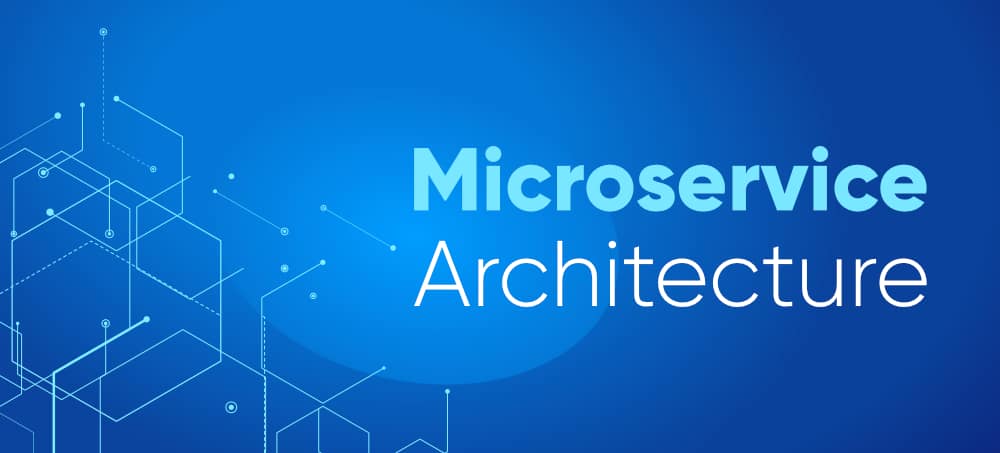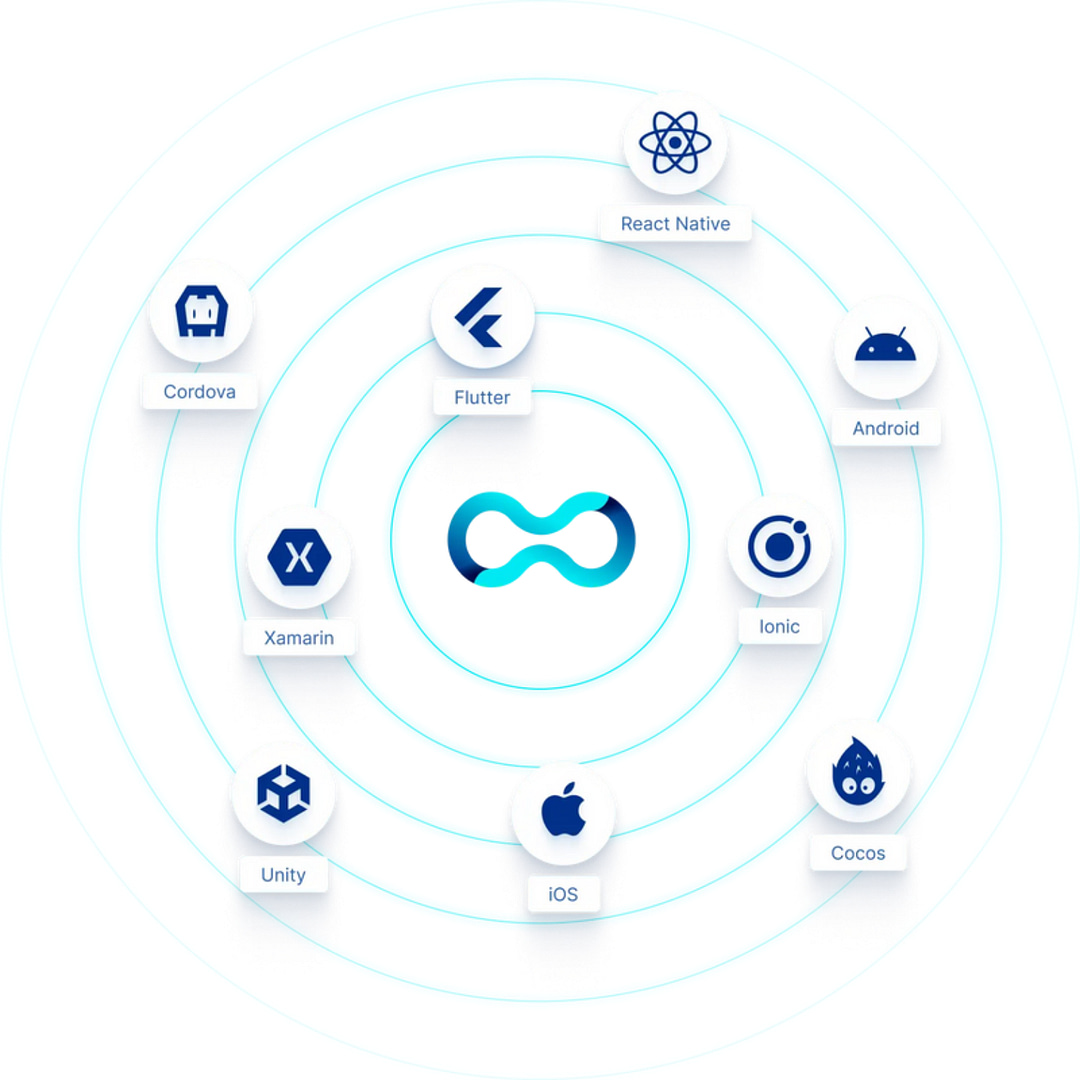
Blog Articles
Demystifying Microservices with Spring Boot
Table of Contents
Introduction
Microservices have sparked a paradigm shift in modern application development, introducing a revolutionary approach to software architecture. In this comprehensive guide, we embark on a journey into the dynamic realm of microservices, placing a specific spotlight on the transformative capabilities of Spring Boot, an influential framework that streamlines the complex processes of microservices development and deployment.
Whether you’re an experienced developer well versed in microservices or a fresher taking your initial steps into this domain, our guide is carefully crafted to unravel complexities, offering practical insights that empower you to construct not just applications but robust ecosystems. Additionally, join us as we demystify the complexities and pave the way for your exploration of building architectures that are not only robust, scalable, and robust but also adaptive to the developing landscape of modern software development.

Understanding Microservices Architecture
Evolution of Monoliths to Microservices:
- Delving into the Shift: The transition from monolithic to microservices architecture is motivated by several compelling factors that address the limitations posed by traditional monolithic structures. One pivotal reason is the changing nature of software development, where agility and responsiveness to change have become paramount. All in one system architectures, characterized by a single, tightly integrated code base, often encounter challenges when adapting to frequent updates and modifications.
- Exploring Microservices Benefits: Microservices architecture presents a transformative alternative by breaking down applications into smaller, independent, and loosely coupled services. This modular approach offers numerous advantages. Scalability becomes more simpler, letting specific services to scale stand alone based on demand. The modular nature also enhances maintainability, as each service can be developed, deployed, and updated independently without affecting the entire system. This flexibility contributes to improved agility, enabling rapid development cycles and quicker responses to market dynamics. Overall, microservices architecture aligns with the dynamic needs of modern software development, providing a robust foundation for scalable, maintainable, and agile systems.
Key Principles of Microservices:
Microservices design principles are grounded in developing a modular and autonomous approach to software development, aiming to overcome the limitations of monolithic architectures. These principles primarily shape the structure and behavior of modular services based systems.
- Autonomy:
- Elaboration: Autonomy in modular services implies that each service operates stand alone with its own set of functionalities and data. Services are self contained, reducing dependencies on other components and letting teams to develop, deploy, and scale them autonomously. This independence enhances flexibility, allowing for individual updates without affecting the entire system.
- Bounded Contexts:
- Elaboration: Bounded contexts define the clear boundaries within which a modular services operates. Each service has its specific domain, functionalities, and data model, encapsulating a distinct area of the overall business logic. Bounded contexts help prevent interference between services and nurture better understanding and management of each service purpose.
- Decentralized Data Management:
- Elaboration: In microservices design, data management is Distributed, meaning that each service manages its database or data store independently. This approach minimizes dependencies between services and avoids the complexities associated with a shared, all in one database. Services communicate through well defined APIs, promoting loose coupling and ensuring that data is owned and managed within the context of each service.
These design principles collectively contribute to the agility, scalability, and maintainability of microservices architectures. Autonomy helps teams to work independently, bounded contexts facilitate clear service delineation, and decentralized data management enhances flexibility while mitigating potential bottlenecks. Embracing these principles lays the foundation for the successful implementation of microservices, letting organizations to adapt swiftly to changing requirements and maintain a modular, robust software ecosystem.

Scaling Microservices: Strategies for Resilient Performance
In the dynamic landscape of microservices architecture, scaling strategies are paramount for ensuring resilience and optimal performance. Let’s delve into two key approaches: horizontal scaling, where we expand service instances, and vertical scaling, which involves enhancing individual instances. Additionally, we’ll explore the critical role of load balancing in evenly distributing traffic and optimizing performance for high traffic scenarios.
1. Horizontal Scaling: Orchestrating Growth
Concept: Horizontal scaling organizes growth by adding more instances of a microservice, cultivating a distributed and flexible ecosystem.
Benefits:
- Enables hassle free handling of varying workloads.
- Facilitates accommodation of increased demand without over burdening individual instances.
Implementation:
- Employ containerization and organizes tools for dynamic scaling.
- Leverage cloud platforms that support auto scaling to adapt to changing traffic patterns.
2. Vertical Scaling: Elevating Performance
Concept: Vertical scaling, or scaling up, involves increasing the resources of individual modular services instances to meet increased demand.
Benefits:
- Quick response to increased computational needs.
- Direct usage of increased hardware resources.
Implementation:
- Configure cloud instances with updated CPU, memory, or storage capacities.
- Implement dynamic resource adjustment based on real time performance metrics.
3. Load Balancing: Ensuring Even Distribution
Concept: Load balancing is a pivotal mechanism for distributing incoming traffic across multiple microservice instances, ensuring even utilization.
Benefits:
- Prevents overload on specific instances, minimizing dead ends.
- Enhances system reliability and responsiveness.
Implementation:
- Implement load balancers at different levels (application, network, or DNS).
- Utilize algorithms like round robin or least connections for fair traffic distribution.
4. Optimizing Performance: Navigating High Traffic
Concept: Optimizing performance in high traffic scenarios involves strategic measures such as caching, asynchronous communication, and database query enhancements.
Strategies:
- Implement caching mechanisms to reduce redundant computations.
- Leverage asynchronous communication for decoupling services.
- Optimize database queries and utilize content delivery networks (CDNs).
By strategically combining horizontal and vertical scaling, implementing robust load balancing, and optimizing performance measures, microservices architectures can seamlessly navigate varying workloads and deliver a reliable and responsive experience, even in high traffic scenarios. These strategies form the basis for achieving resilience and maintaining optimal performance in the ever developing microservices landscape.
Benefits of Microservices:
- Agile Scaling: Microservices provide the flexibility to scale specific services based on demand, optimizing resource utilization. Efficiently adapt to varying workloads, ensuring optimal performance and responsiveness.
- Modularity and Maintenance Ease: Breaking applications into modular services simplifies development and maintenance. Enables rapid updates and enhancements to individual services without disrupting the entire system.
- Autonomy and Decentralization: Each microservice operates stand alone, nurturing stand alone and reducing dependencies. Enhances development speed, allows for decentralized data management, and minimizes the impact of updates.
- Fault Isolation and Resilience: Isolating services ensures that failures are contained, preserving overall system resilience. Minimizes the impact of failures, enhances fault tolerance, and improves system reliability.
- Adaptability to Change: Microservices support agile development, making it easier to adapt to developing business requirements. Enhances agility, helping quick responses to market changes and changing customer needs.
- Streamlined Testing and Debugging: Testing focuses on individual modular services, easing debugging and troubleshooting. Streamlines testing processes, speed ups bug identification, and improves overall system reliability.
Conclusion:
In conclusion, this guide by Innostax demystifies microservices architecture using Spring Boot. Understand principles, use Spring Boot, and adopt best practices to build scalable, robust, and maintainable modular services. If creating a new application or transitioning from a monolith, Innostax’s insights empower efficient direction through microservices development, presenting you into the future of software architecture.

Get a Fast Estimate on Your Software Development Project
We are committed to delivering high-quality IT solutions tailored to meet the unique needs of our clients. As part of our commitment to transparency and excellence, we provide detailed project estimations to help our clients understand the scope, timeline, and budget associated with their IT initiatives.
Related Post









